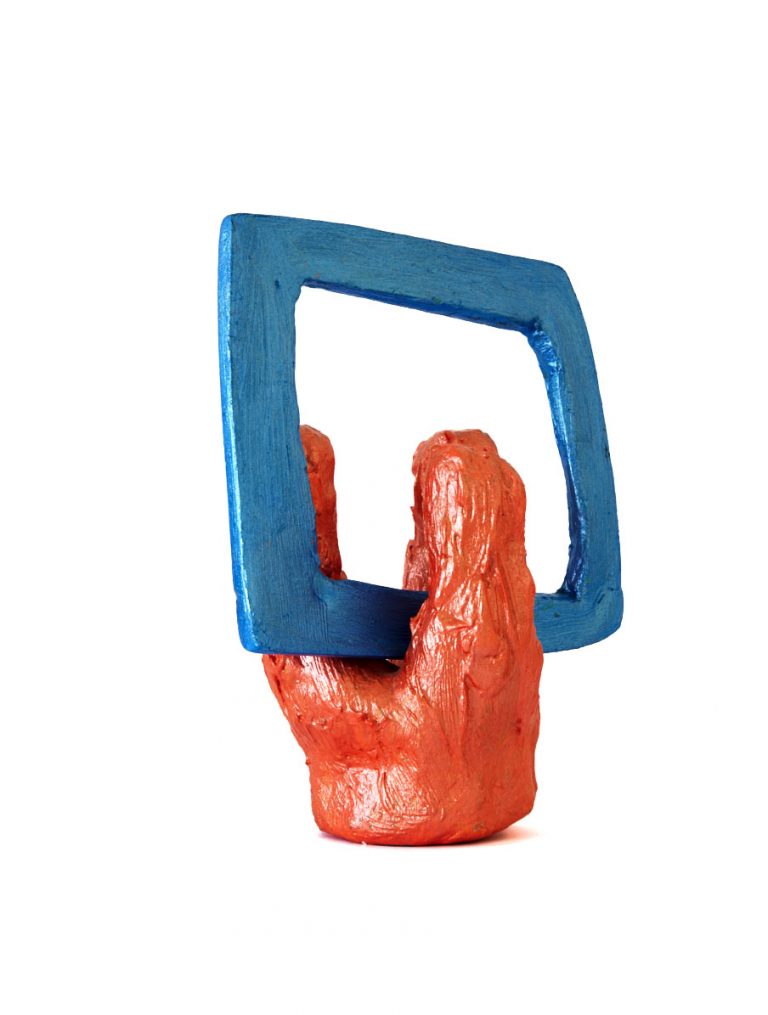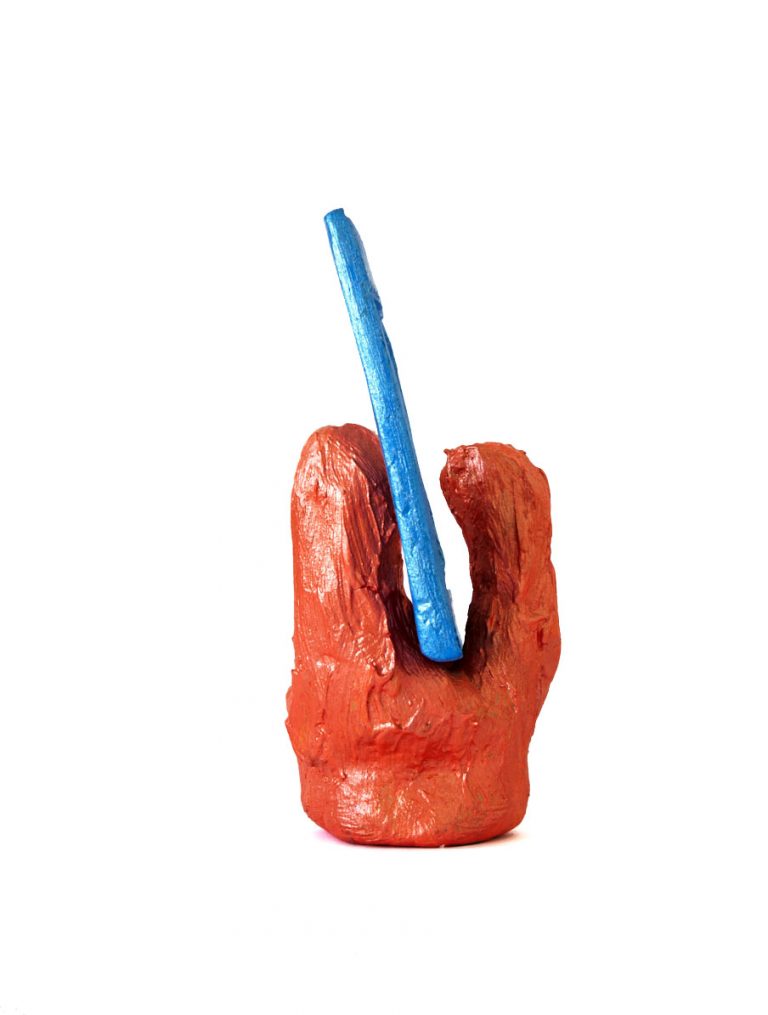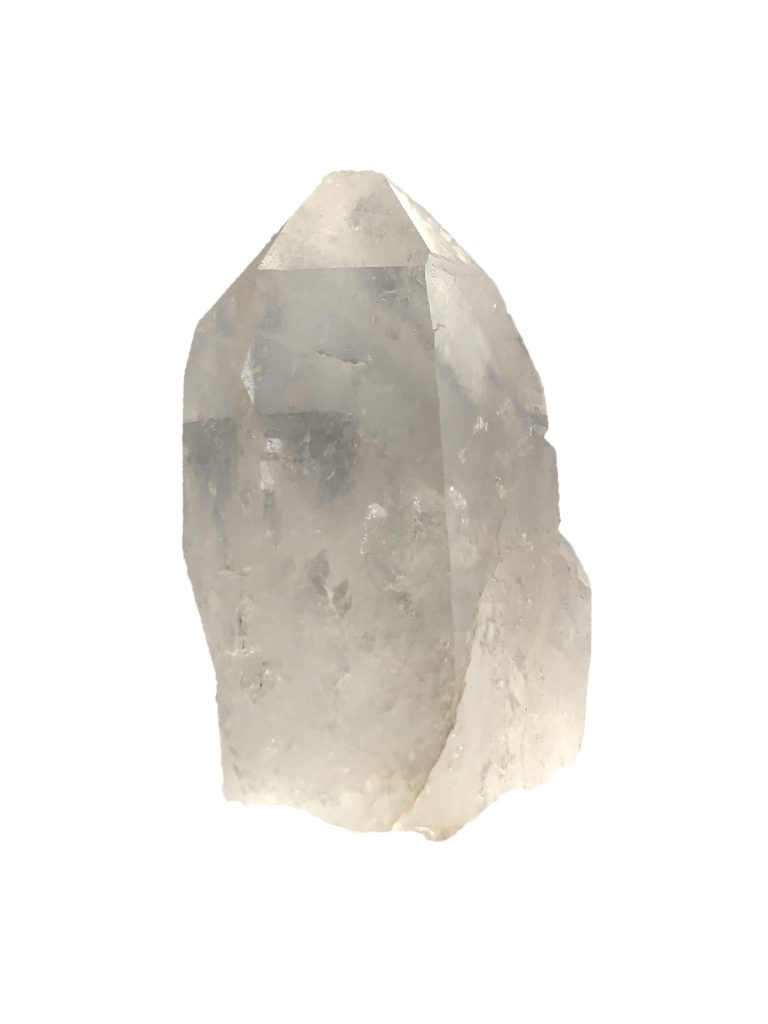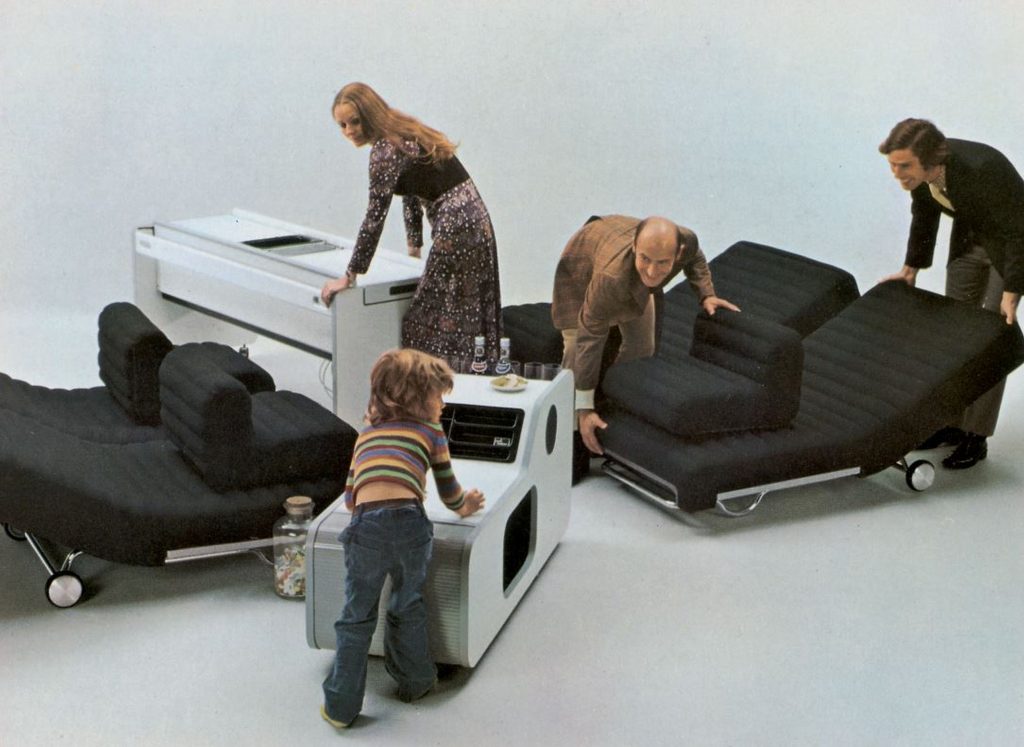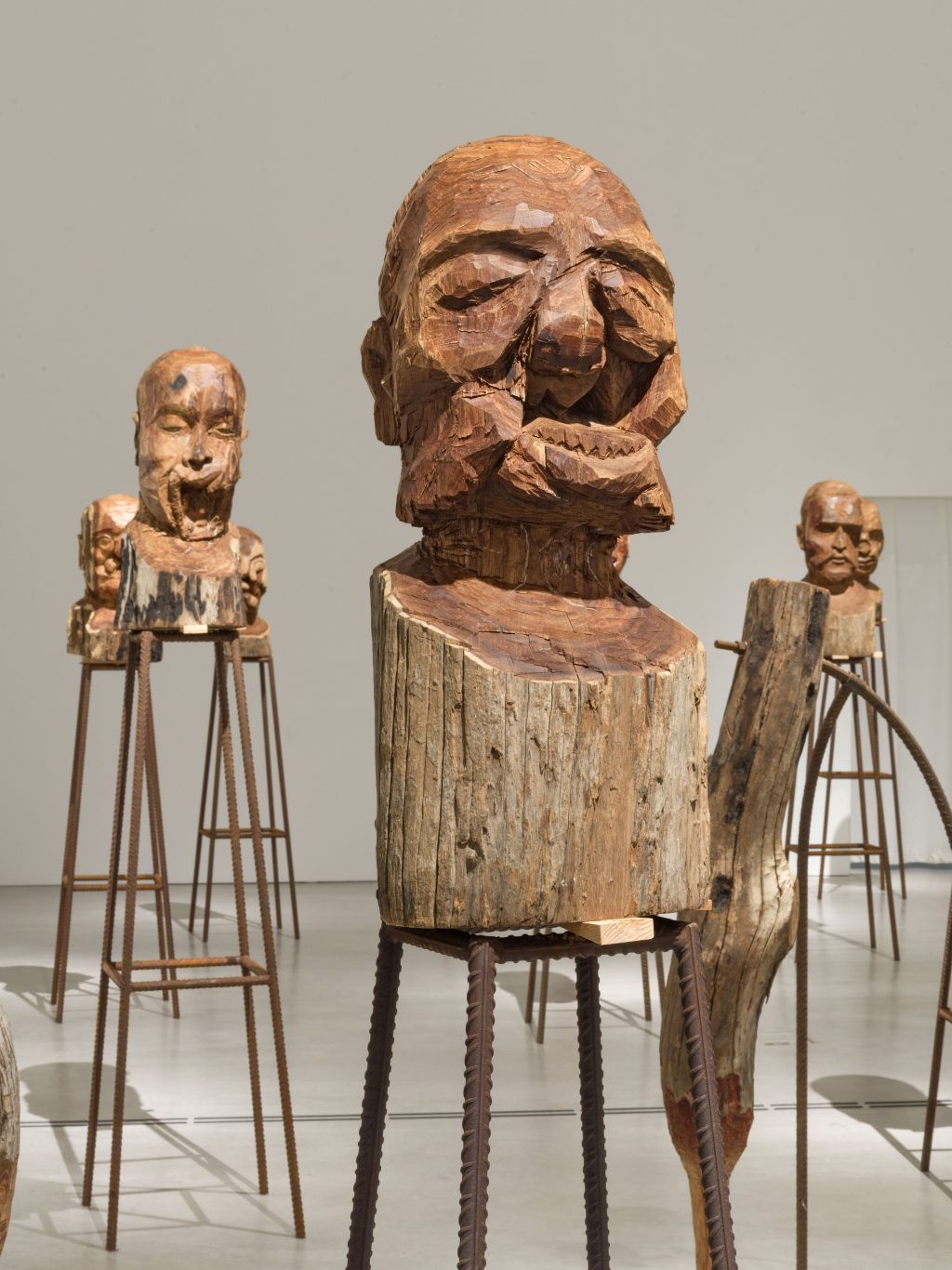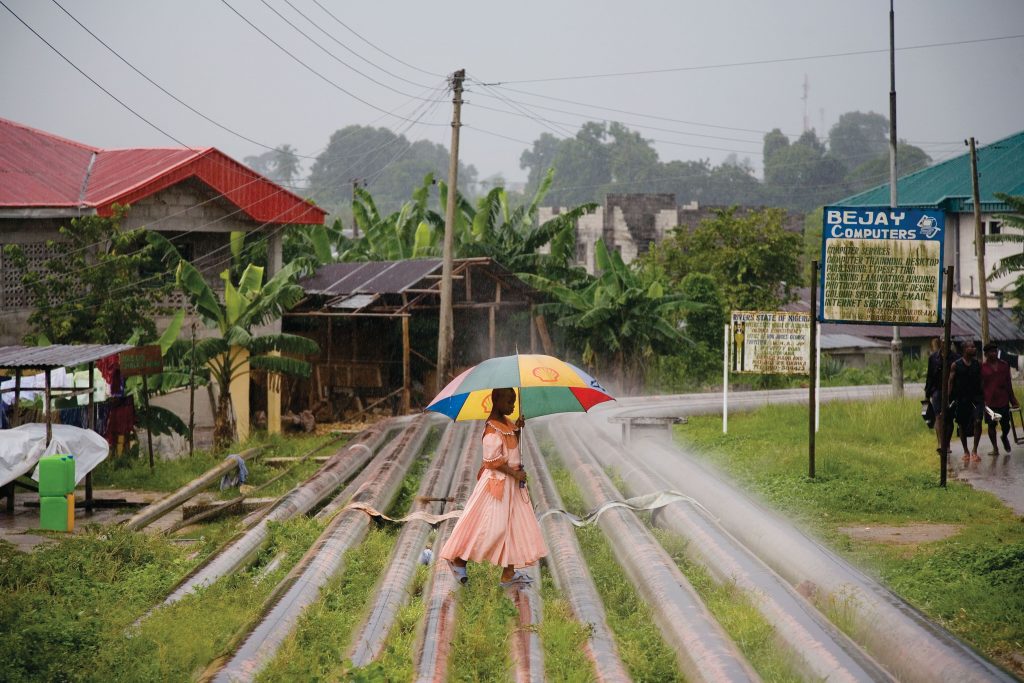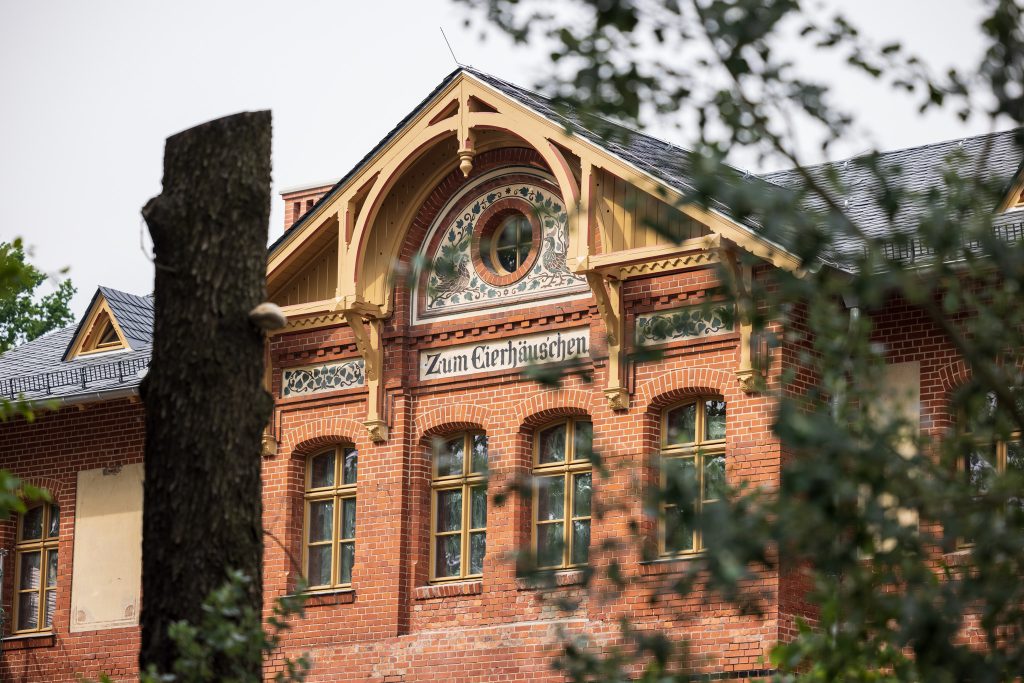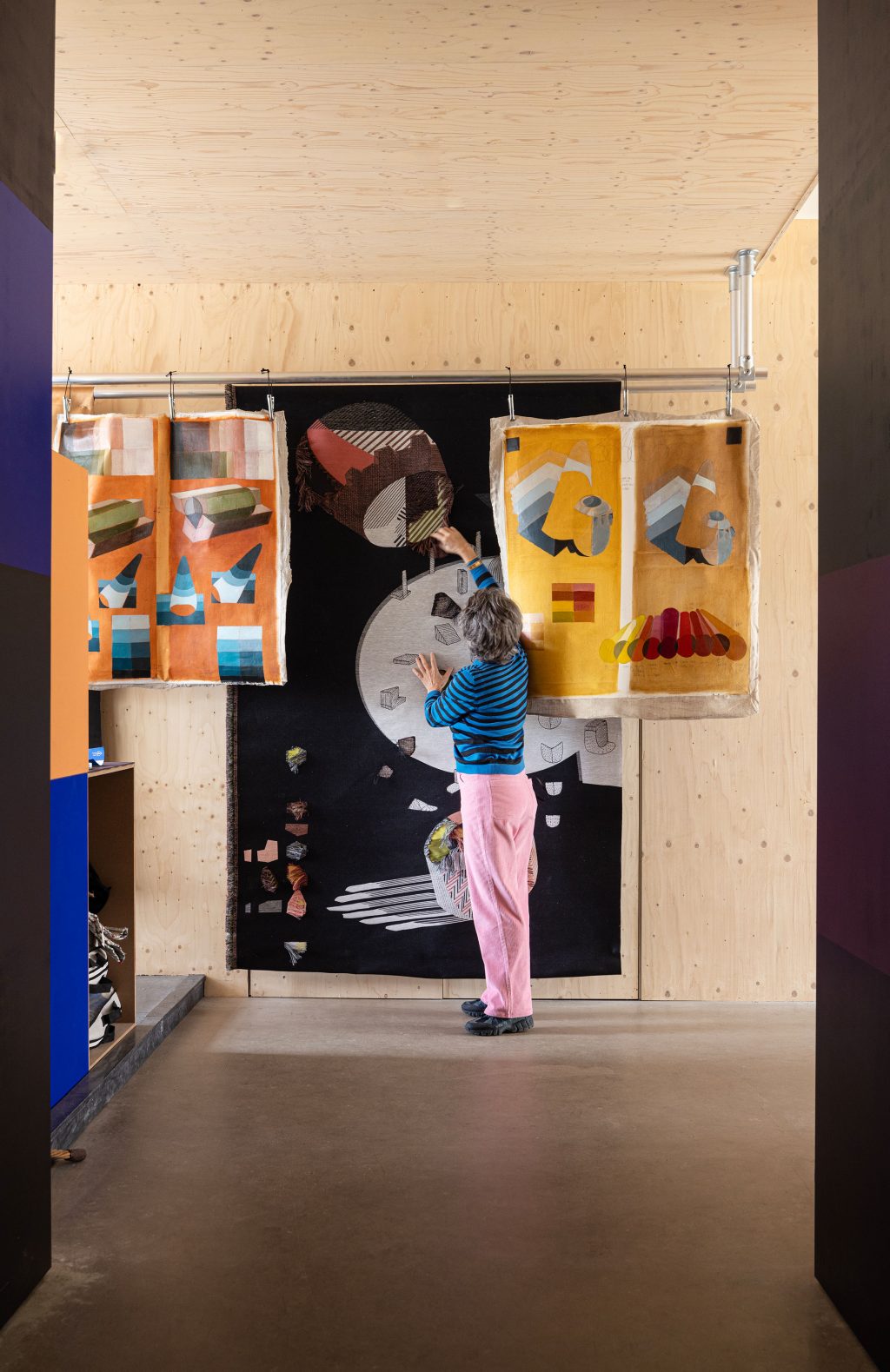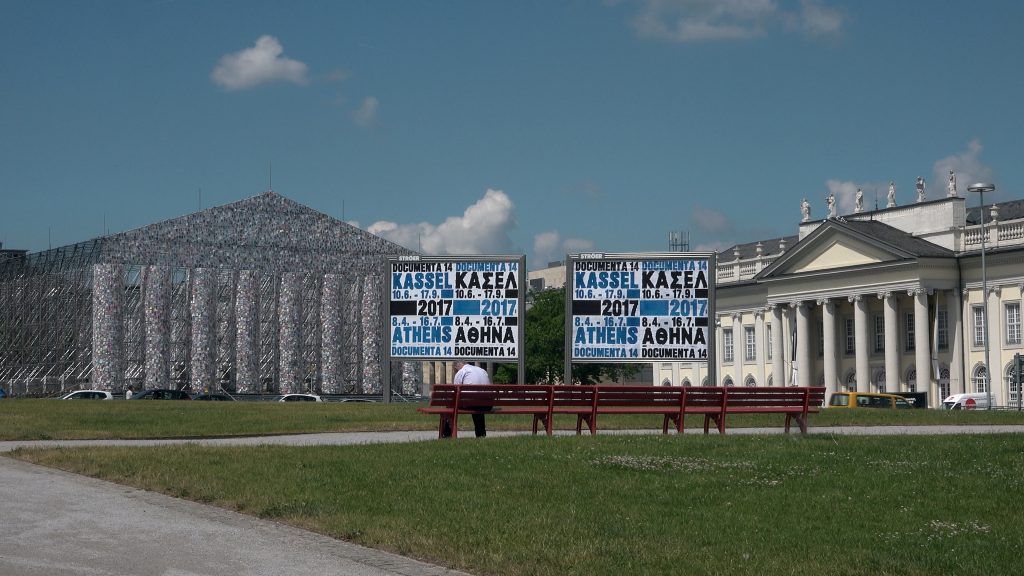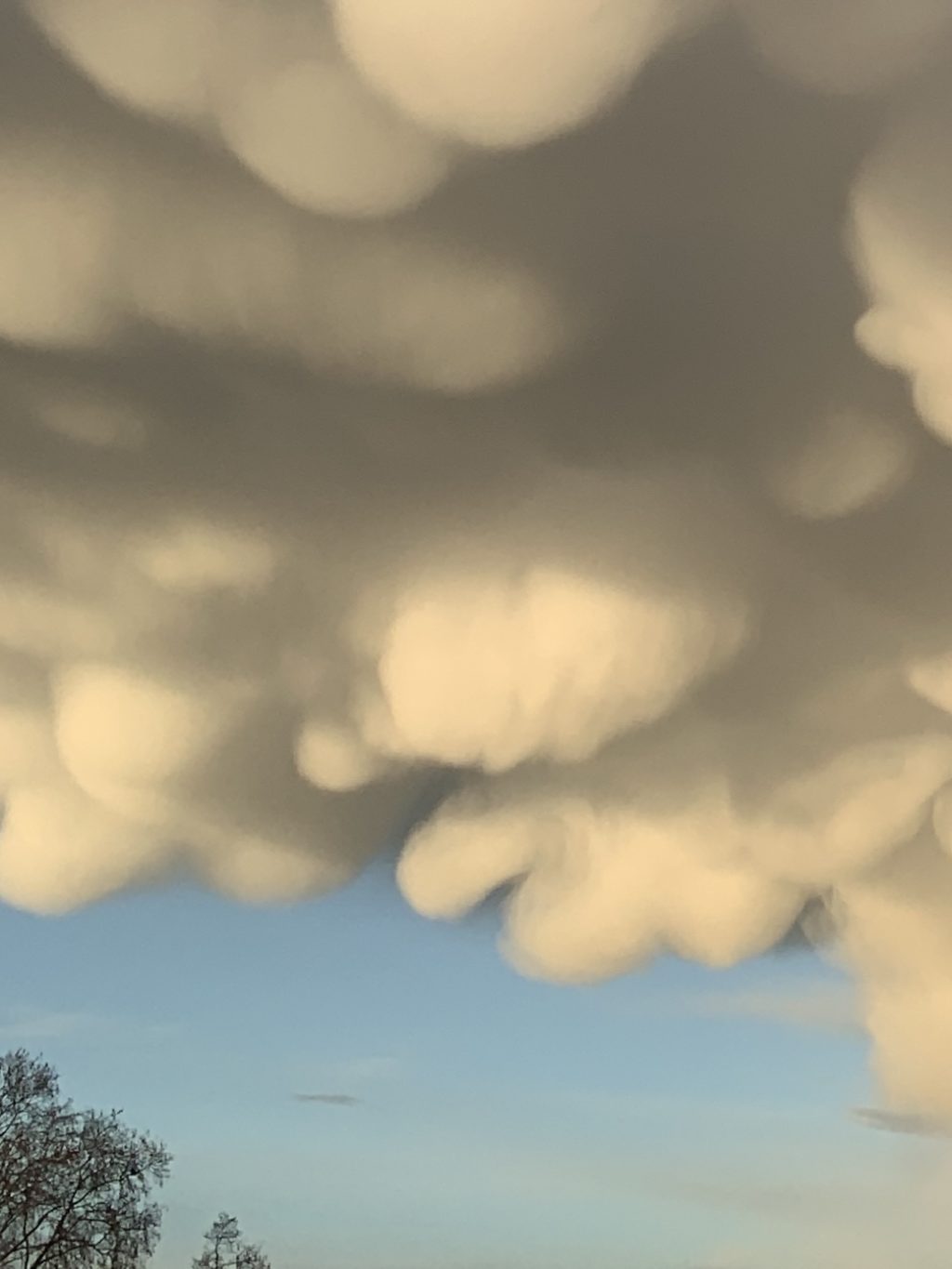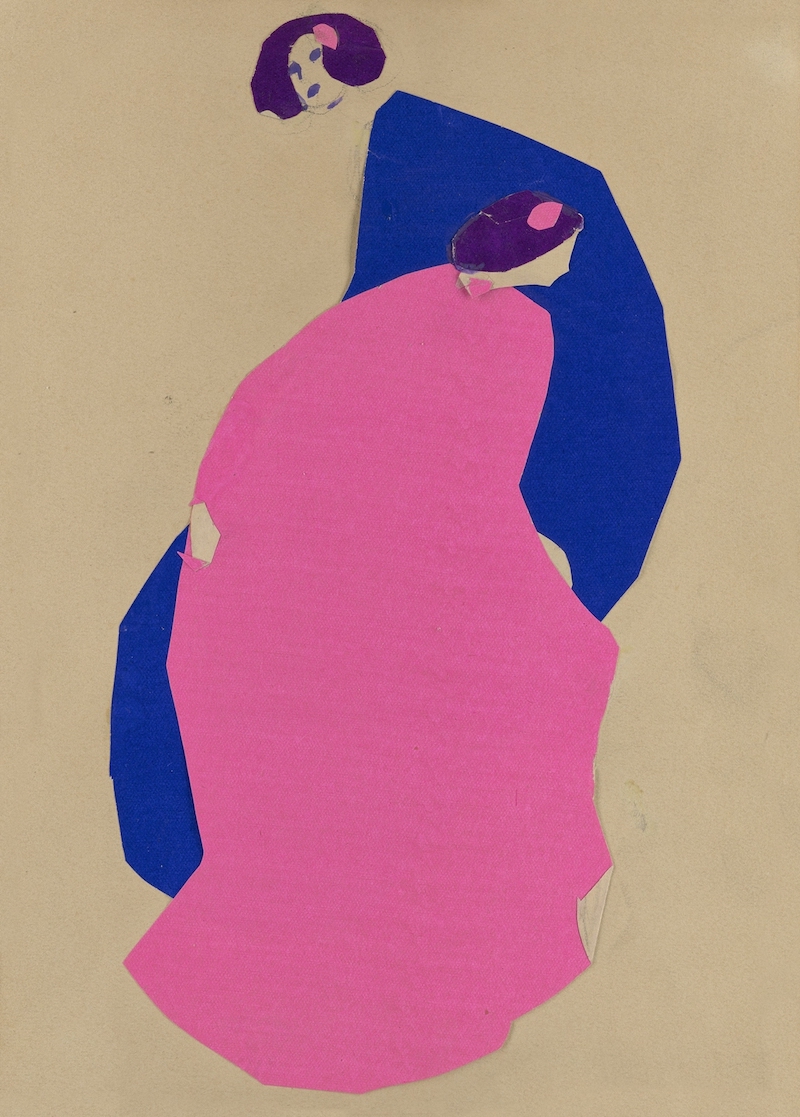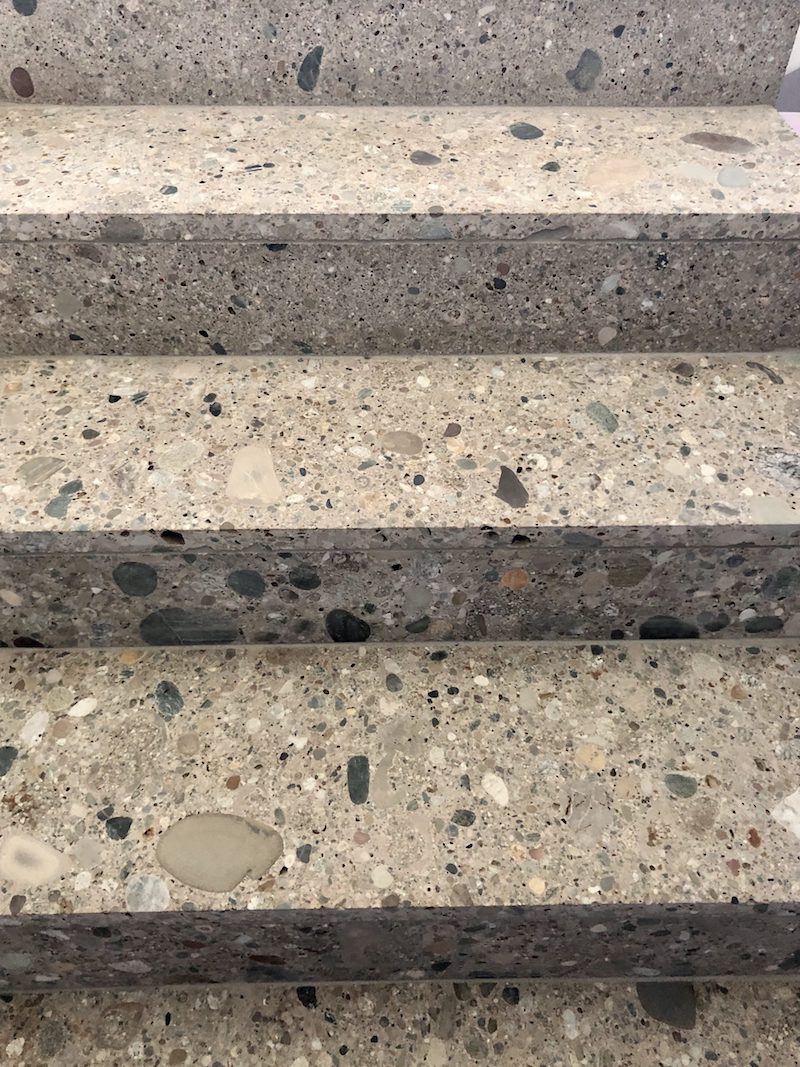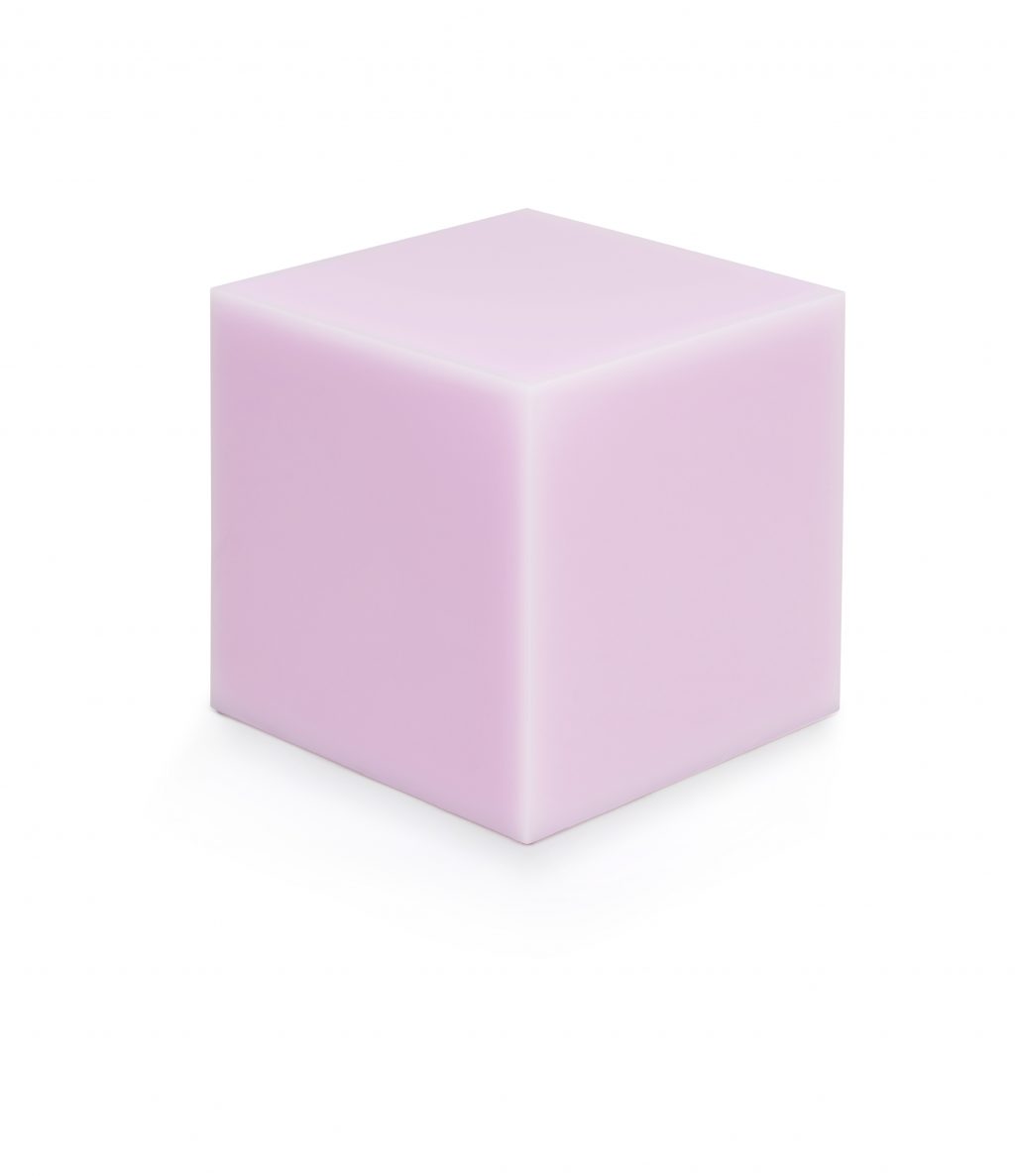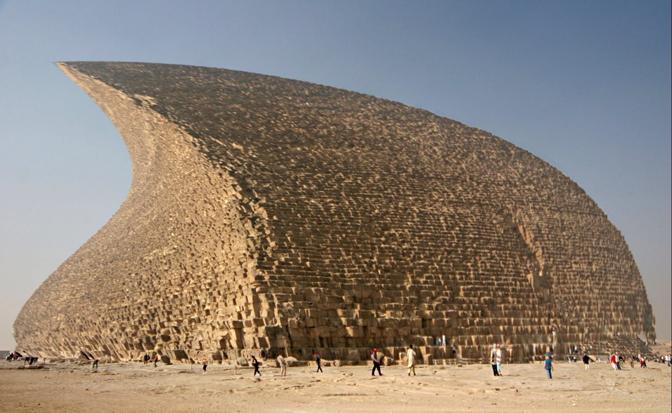Following the great success of the Basel Social Club 2023 at a former mayonnaise factory, this upcoming edition will take place outdoors, on 50 hectares of farmland fields. The week-long event, core of which are landscape, agriculture, and farm animals, will offer a rather slow art experience — in seeming stark contrast with Art Basel. Fellas’ venturing out there will be met with an open-air exhibition proposed by galleries, farm-to-table gastronomy, and an impressive performance program. The latter, curated by the Performance Agency, will count with Margaret Raspé, Jean Tinguely, Paulo Nazareth, Juliette Blightman and many more.
FONDATION BEYELER TURNS INTO A LIVING ORGANISM
FROM STAR TREK TO BLADE RUNNER
Science Fiction Design: From Space Age to Metaverse“
Kader Attia – J’Accuse
20th edition of Gallery Weekend Berlin
DESIGN AS A COLLECTIVE TOOL
The Echoing Silences of Metal and Skin
The Pavilion of the Republic of Kosovo at the 60th Venice Biennale presents a sculptural installation by Doruntina Kastrati titled The Echoing Silences of Metal and Skin, which addresses feminized labor and workplace inequality. Investigating the joint deindustrialization of the economy and deregulation of the market, Kastrati encounters the (im)material forms of precarious employment in light industries in the aftermath of the 1999 Kosovo War. The installation draws on the oral histories conducted with female employees of a Turkish delight factory in Prizren (Kosovo) and consists of four freestanding metal sculptures alluding to the surgical implants, many need to undergo as a result of working in a standing position. Charged with symbolic meaning, the pavilion honor first-person narratives and create incisive associations between exploitative labor practices and the embodiment of foreign metal on the worker’s knees.
AN ARCHIVE FOR MODERN GLASS
And Yet, It Works! – The Werksviertel München
Transform! Designing the Future of Energy at the Vitra Design Museum
New in town: Spreepark Art Space
Welcoming a new treasure trove at the Vitra Design Museum
Documenting Documenta
A house so nice they gabled it twice
With DUPLEX, Atelier ST architects have reimagined the epitome of German residential architecture: the gabled house. Following the motto ‘two is better than one,’ they merged two narrow gabled houses into one. A clever move that allowed them to adhere to the building lines of the suburban neighborhood while efficiently addressing the spatial program. Beyond the apparent simplicity of the outer shell of dual elongated volumes, the interior unfolds into a complex sequence of interconnected spaces and levels – breaking away from the conventional (double) standards of a detached house estate.
Hans Uhlmann: modern art in post-war Berlin
Hans Uhlmann’s (1900–1975) metal sculptures, like his drawings, were a distinctive feature of post-war modern art in Germany. And yet, his works are still largely unknown to the broader public. After 1945 the graduate engineer decided to devote his career entirely to art and took on large-scale projects, including the sculptures outside the Deutsche Oper and in the Hansa Quarter. The exhibition at the Berlinische Galerie, opening in February 2024, traces the periods of his oeuvre from the 1930s up until the 1970s, bringing together about 80 exhibits.












